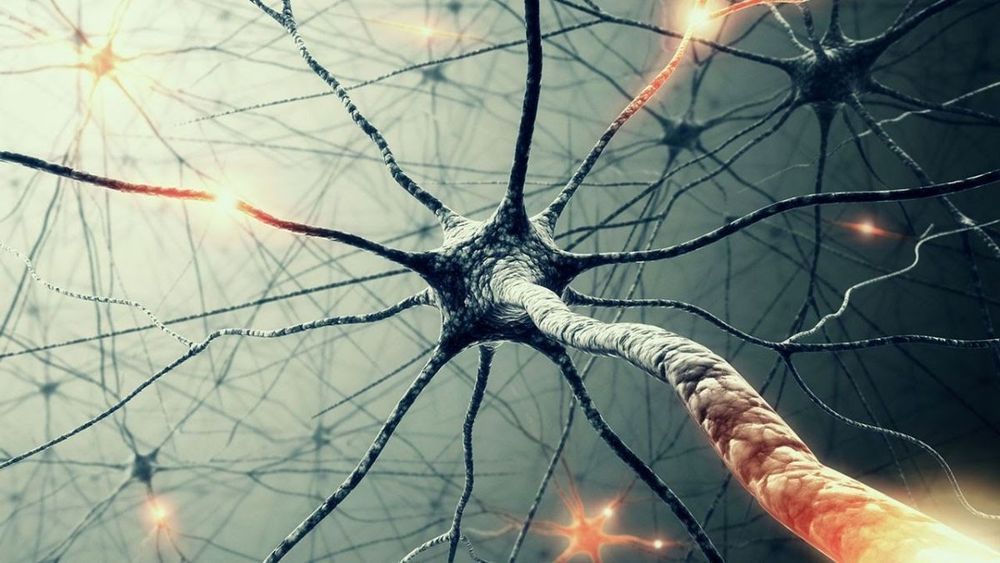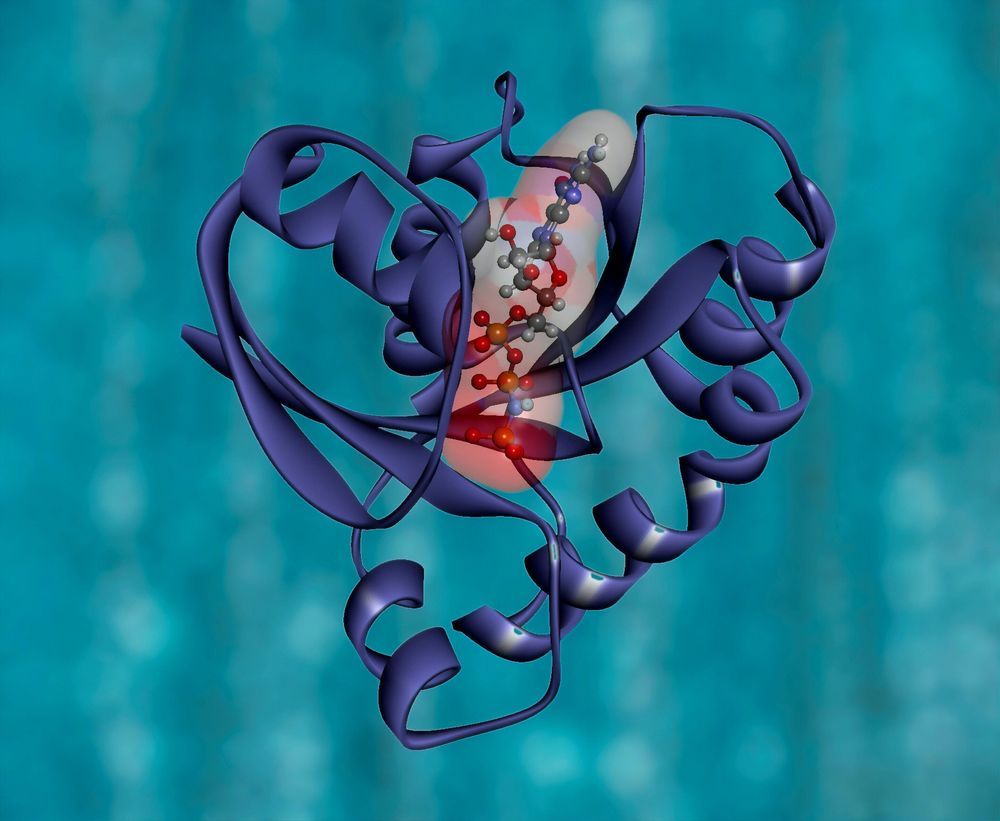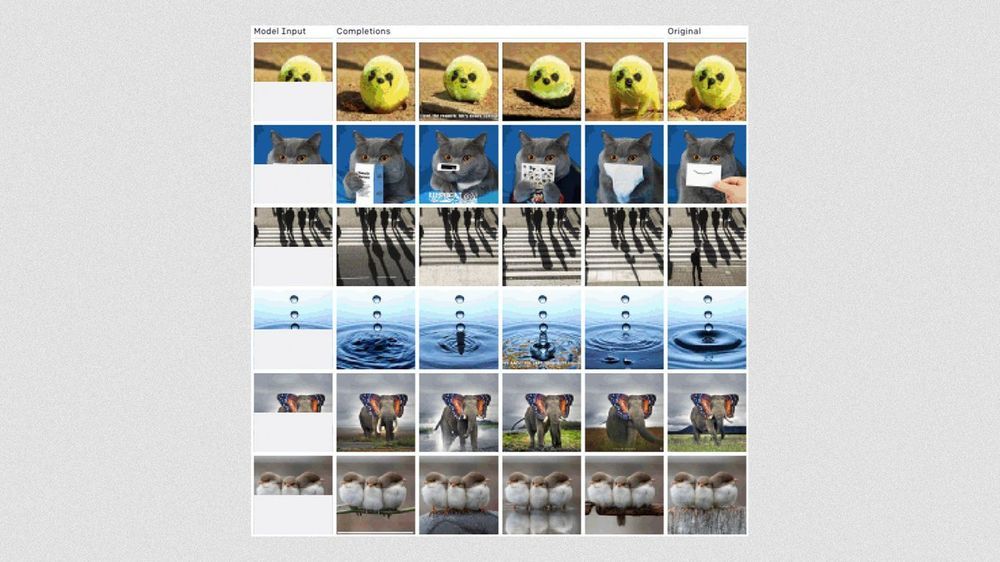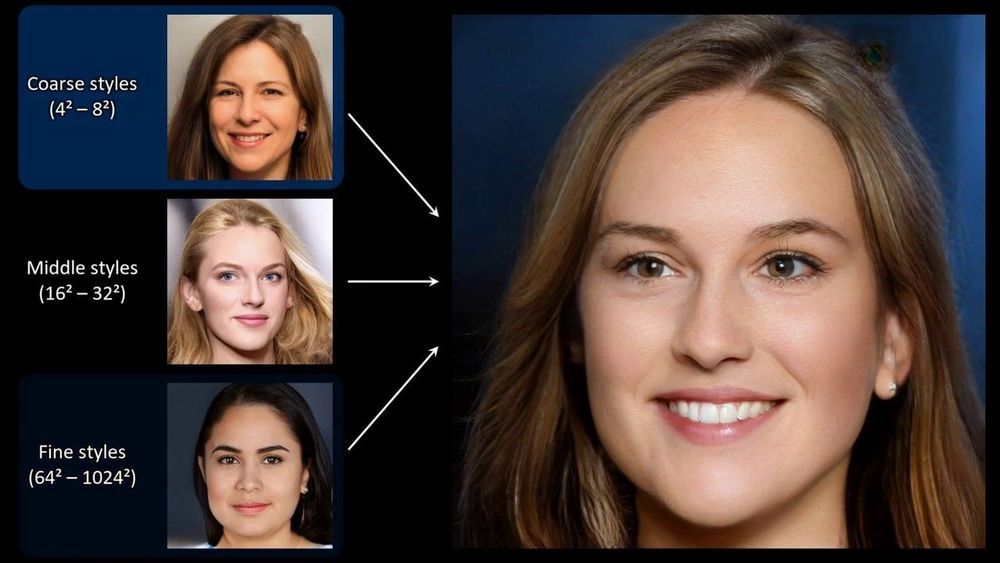The most reliable predictor of a relationship’s success is partners’ belief that the other person is fully committed, a Western University-led international research team has found.
Other important factors in a successful relationship include feeling close to, appreciated by, and sexually satisfied with your partner, says the study—the first-ever systematic attempt at using machine-learning algorithms to predict people’s relationship satisfaction.
“Satisfaction with romantic relationships has important implications for health, wellbeing and work productivity,” Western Psychology professor Samantha Joel said. “But research on predictors of relationship quality is often limited in scope and scale, and carried out separately in individual laboratories.”









